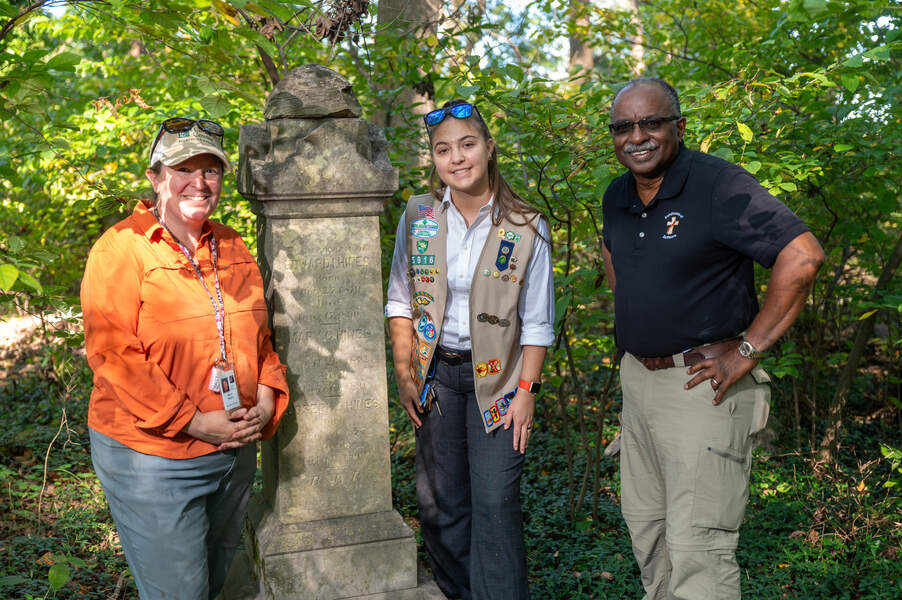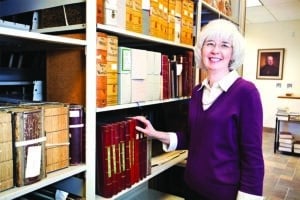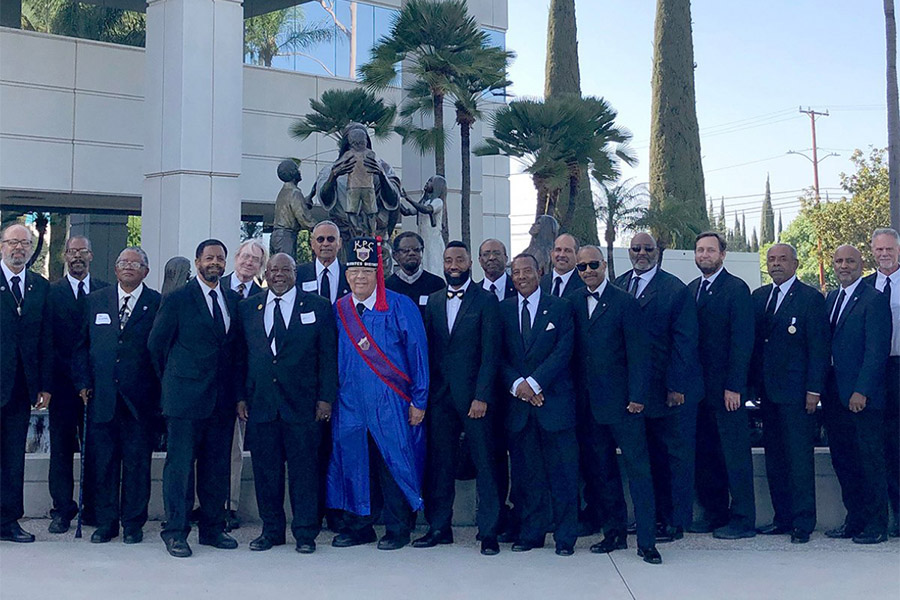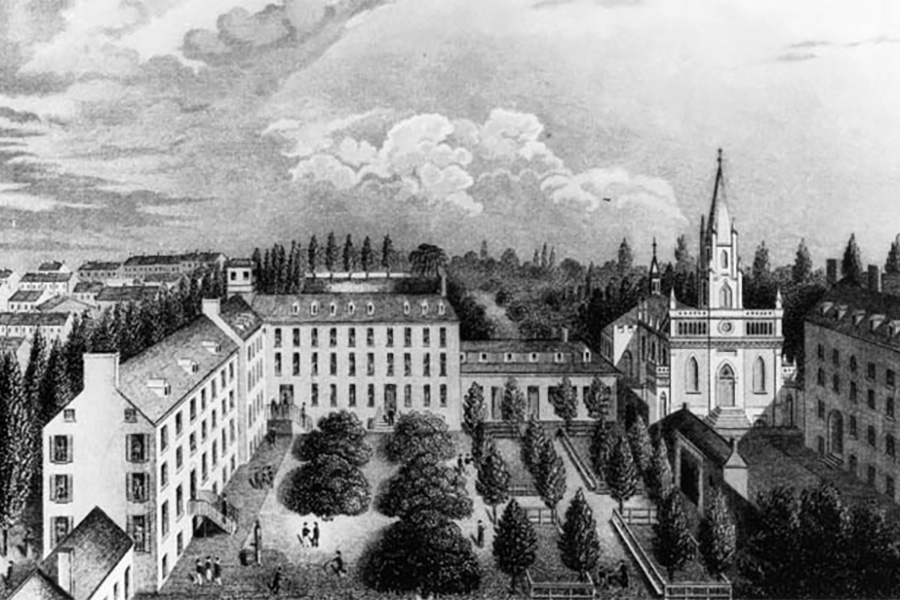The racial reckoning in America, sparked by the murder of George Floyd while in police custody, led to numerous industries, organizations and institutions reexamining their own contributions, whether conscious or otherwise, to the racial divide. The Archdiocese of Baltimore has been among them, exploring its own ties to a dark time in American history.
In recent months, several cemeteries at parishes in the archdiocese have been discovered to have been the final resting place of enslaved people. The archdiocese plans on completing further research on these cemeteries to find out as much as possible about those buried there.

“It’s important that we recognize our history, both good and bad, which includes identifying and recognizing our ties to slavery,” said Tricia Pyne, director of the Associated Archives at St. Mary’s Seminary and University, which holds the archives of the Archdiocese of Baltimore, St. Mary’s Seminary & University and the U.S. Province of the Sulpician Fathers. “We have to acknowledge it and include it as part of our history, which we haven’t been very good at doing at this point.”
There has been some success in locating parishes that had cemeteries where enslaved people were likely buried, she said. So far, 21 parishes have been identified as possible locations, including St. Francis-St. Mary in Petersville, St. Joseph on Carrollton Manor in Buckeystown, and St. John the Evangelist in Frederick.
Parishes in Emmitsburg, include St. Joseph, St. Anthony Shrine, and what is now Mount St. Mary’s Seminary and University.
There is some good history out there, Pyne said. Rooting it out, however, has had its fair share of challenges.
With death records and cemetery records serving as primary sources, Pyne said there can sometimes be unexplained gaps. Sometimes parishes don’t have any records to begin with.
“Ideally, the records would begin when the parish first started and people started dying,” she said. “But, unfortunately, sometimes records got destroyed in floods or fires or were simply lost. Some records are difficult to read – they’re hand-written and sometimes the writing is illegible.”
The closing of parishes is another challenge, Pyne said, noting that some churches in Baltimore City during the first part of the 19th century no longer exist; thus some cemeteries may be forever lost.
As the archdiocese continues to explore and highlight these discoveries, Pyne said, there is not a timeline for a project that requires massive research. In the future, she said there are plans to publish a report with findings, and to develop resources that will assist descendants of enslaved people with identifying relatives.
Also see, https://catholicreview.org/st-marys-cemetery-resting-place-to-enslaved-people-will-undergo-revitalization/
Read More Racial Justice
Copyright © 2023 Catholic Review Media







